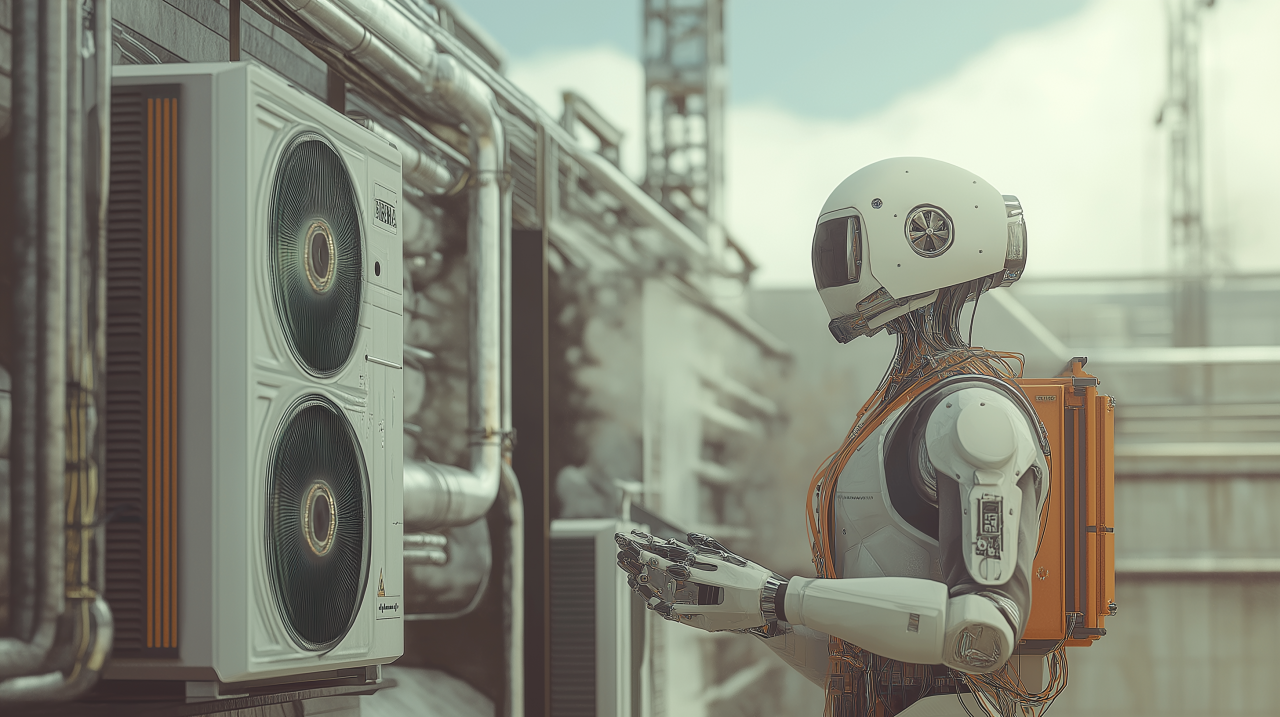In the rapidly evolving landscape of HVAC repair, the advent of smart diagnostics tools has revolutionized how professionals approach maintenance and troubleshooting. These advanced technologies not only enhance efficiency but also ensure that HVAC systems operate at peak performance. This article delves into the significance of these tools, exploring their impact on the industry and their future potential.

Introduction to Smart Diagnostics Tools
The world of HVAC repair is undergoing a significant transformation with the integration of smart diagnostics tools. These tools leverage cutting-edge technology to provide technicians with real-time data and insights, making the repair process more efficient and accurate.
Understanding the Basics
What Are Smart Diagnostics Tools?
Smart diagnostics tools are advanced devices and software solutions designed to monitor, analyze, and diagnose HVAC systems. They use sensors and AI algorithms to detect issues and predict potential problems before they escalate.
How Do They Work?
These tools collect data from various components of the HVAC system, such as temperature, pressure, and airflow. This data is then analyzed to identify anomalies or inefficiencies, allowing technicians to address them proactively.
The Benefits of Using Smart Diagnostics
Enhanced Efficiency
One of the primary advantages of smart diagnostics tools is their ability to enhance efficiency. By providing real-time data and insights, these tools enable technicians to make informed decisions quickly, reducing downtime and improving overall system performance.
Cost Savings
By identifying issues early, smart diagnostics tools can help prevent costly repairs and extend the lifespan of HVAC systems. This not only saves money but also reduces the environmental impact of frequent replacements.
Improved Accuracy
Traditional diagnostic methods often rely on manual inspections, which can be prone to human error. In contrast, smart diagnostics tools provide accurate and reliable data, ensuring that issues are correctly identified and addressed.
Real-World Applications
Residential HVAC Systems
In residential settings, smart diagnostics tools are used to monitor and maintain HVAC systems, ensuring that homeowners enjoy a comfortable and energy-efficient environment.
Commercial and Industrial Use
In commercial and industrial applications, these tools play a crucial role in maintaining large-scale HVAC systems, where even minor issues can lead to significant disruptions.
Challenges and Considerations
Integration with Existing Systems
While the benefits of smart diagnostics tools are clear, integrating them with existing HVAC systems can be challenging. Ensuring compatibility and seamless operation requires careful planning and expertise.
Training and Skill Development
Technicians must be trained to use these advanced tools effectively. Continuous skill development is essential to keep up with the evolving technology landscape.
The Future of HVAC Repair
Emerging Technologies
The future of HVAC repair is bright, with emerging technologies such as AI and IoT set to play an even more significant role. These advancements will further enhance the capabilities of smart diagnostics tools, leading to even greater efficiency and accuracy.
Potential Innovations
As technology continues to evolve, we can expect to see new innovations in smart diagnostics, including more advanced sensors and predictive analytics capabilities.
Conclusion
In conclusion, smart diagnostics tools for HVAC repair are transforming the industry, offering unprecedented levels of efficiency, accuracy, and cost savings. By embracing these technologies, HVAC professionals can ensure that systems operate at their best, providing comfort and reliability to users.

FAQ Section
What are the key benefits of using smart diagnostics tools?
Some of the key benefits include enhanced efficiency, cost savings, and improved accuracy in diagnosing and addressing HVAC system issues.
How do smart diagnostics tools improve HVAC system maintenance?
These tools provide real-time data and insights, allowing technicians to proactively address issues and optimize system performance.
What challenges do technicians face when using these tools?
Challenges include integrating the tools with existing systems and the need for continuous training and skill development to keep up with technological advancements.
For more insights on the role of AI in HVAC systems, visit AI’s role in HVAC systems.
Explore more about the impact of AI on HVAC diagnostics at AI in HVAC diagnostics and discover real-time HVAC diagnostics.
This article contains affiliate links. We may earn a commission at no extra cost to you.
